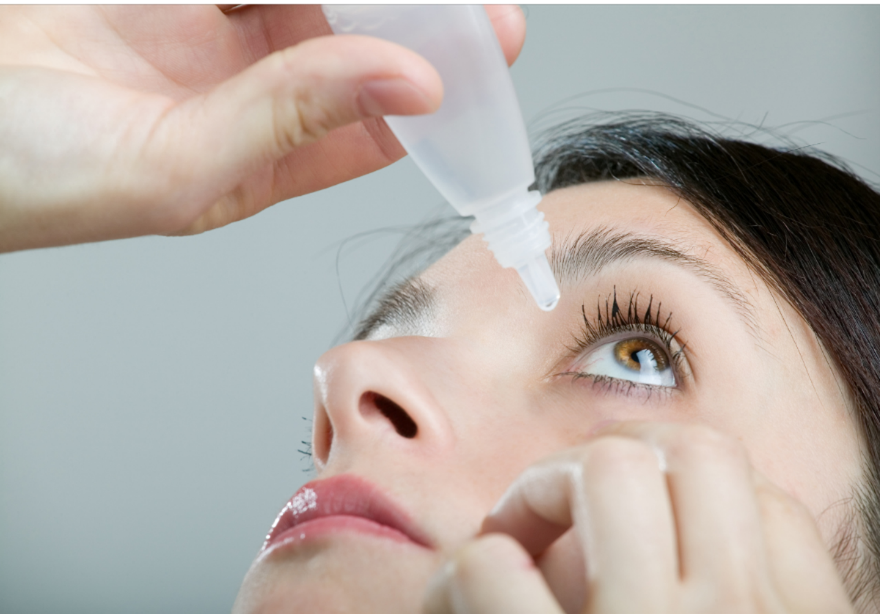Numerous eye health conditions require treatment with eye drops. Depending on your symptoms and diagnosis, various formulations may be recommended by your healthcare provider. Some eye drops are purchased over-the-counter whereas others require a prescription.
While the use of eye drops to treat eye health problems might seem simple at first, many people find the use of eye drops more difficult in practice. Our BostonSight® PROSE patients are more than familiar with these challenges as most first-line treatments for eye conditions require the use of some type of eye drops. In fact, research has shown that even experienced eye drop users often are ineffective with their applications.
To best treat your condition, it’s important to use your eye drops as directed by your physician. The National Institutes of Health provides a fact sheet with photos and offers these additional tips to use drops safely and correctly.
Putting in eye drops – tips
- Wash your hands before using eye drops, to prevent dirt or germs from getting into your eye.
- Tilt your head back and gently pull your lower eyelid down. Look up.
- Hold the bottle close to your eye, but do not let it touch your eye.
- Squeeze the eye drops into your lower eyelid, again without touching your eye.
- Let go of your eyelid and close your eyes (do not squeeze them shut).
- To prevent eye drops from leaking into your nose and throat, gently apply pressure to the inner corner of your eye.
- Use a clean, separate tissue to blot each eye if needed.
- Keep your eyes shut for about one to three minutes. The exact amount of time will depend on the medication you are using. You will find more information about this in the package insert.
- Try using a mirror or lying flat on your back to help get the drop in the eye
- Try using eye drops while sitting and while lying down, to see whether it is easier for you to apply eye drops in either position.
- Ask a healthcare provider to watch you administer the drops to verify you are using them correctly.
Assistive devices for putting in eye drops
Overall health status and other health conditions may add to the complexity of using eye drops. Poor vision, arthritis, tremors, neuropathies, and muscle weakness are just a few examples of physical challenges that further complicate the ability to self-administer eye drops. In these instances, assistive devices may be helpful in overcoming physical limitations. These aids include:
- tools to provide for better grip and leverage for squeezing the bottle of drops, such as the Autodrop Eye Guide.
- Tools to help with guiding the drop into the eye, such as the E-Z Drops.
Having trouble keeping your eyelids open when administering eye drops? You can look for devices that help keep the eyelids open, such as the Autodrop Eye Opener.
If you are having difficulty putting in your drops, your healthcare provider or pharmacy can offer advice on which device may help you.
Tracking your eye drop schedule
When multiple types of eye drops are prescribed and need to be used several times during the day, it can be difficult to keep track of which one to use when. A clearly written schedule can assist with tracking usage throughout the day.
Another option is an automated reminder on your smartphone, such as the EyeDropsAlarm, which allows you to input different formulations and scheduling and receive reminders when it’s time to use the drops. This app includes step-by-step instructions on how to best put in eye drops and also includes an extensive database of eyedrops to select from so that you don’t have to type in each medication.
Please note that BostonSight does not endorse any product mentioned in this blog. Content is provided for informational purposes only. Always speak with your healthcare provider about the best option for you.
This post is part of BostonSight’s archival content and was originally authored by Janice M. Epstein in August 2015. Content has been updated to be current. This content is informational in nature and should not be considered medical advice. Please reach out to your medical professional for questions about your vision.
